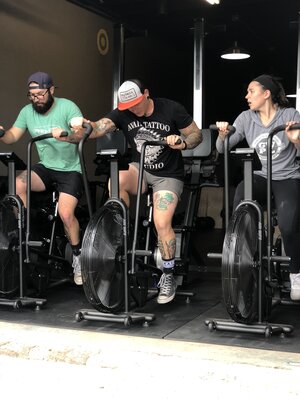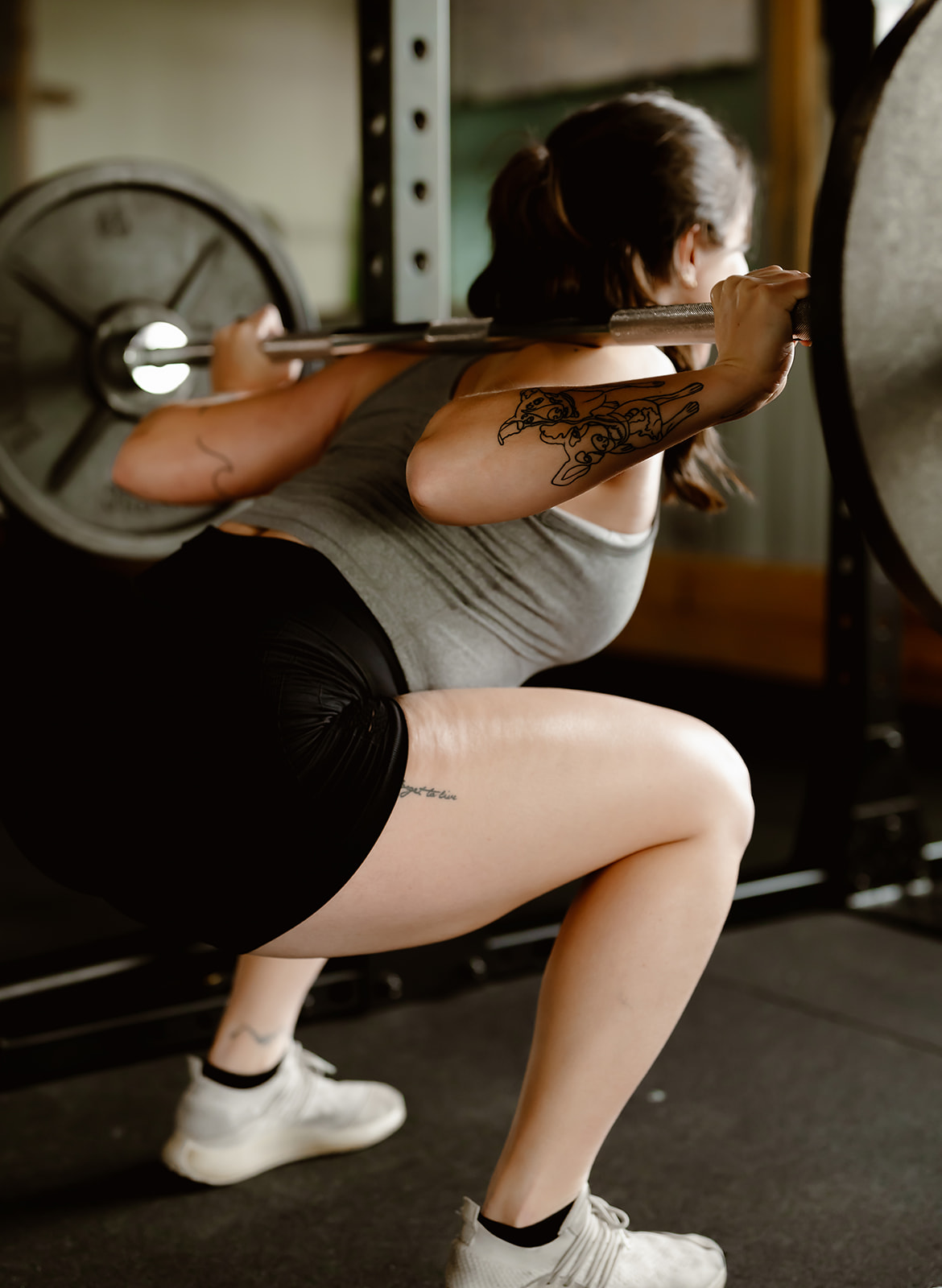Working out at home is becoming more and more popular in recent years. In this article, you’ll learn body weight movements you can do at home. This includes options to have an effective training session when you’re at home and without traditional gym equipment or none at all. If you’re training at home, you should definitely incorporate the 8 foundational movement patterns.
How To Structure A Home Workout Routine
The most common at home workout structure is a 3 day full body workout, because that tends to be the most realistic for people’s schedules.
Increasing Intensity in Your Home Workouts
Tempo Work
Tempo work is the easiest way to increase the intensity of your bodyweight or weighted movements you’re utilizing in your workout. You can lengthen the duration of a particular movement by adding to the time it takes to do the eccentric (muscle lengthening) and concentric (muscle contracting) parts of any exercise movement. You can also add in some pauses at the top or bottom of a movement. For example, try adding in a 2-3 second pause at the bottom or the top of a pushup, tempo work with a bulgarian split squat, or adding tempo to the eccentric portion of a pullup.
Isometric Exercises
Isometric exercise is defined by a contraction where you’re creating tension in your muscles in a static position. The muscle length stays the same when you’re performing the movement. So, there is no eccentric or concentric contraction during the movement. Isometrics are super underrated and pretty rarely utilized by most people in most programs. Even in competitive powerlifting, there are some serious benefits to using isometrics. Isometrics help improve strength at certain positions of movements.
Take a pull-up, for example. The best way you can build strength for your pull-ups is to strengthen the end range and top range of the movement.
Try holding your chin over the bar for 10-20 seconds at the top of your pull-up, and full hang with arms fully locked out for the same amount of time. A nice benefit of adding in some isometric exercises, is that you don’t get as sore, even when they’re introduced as a novel stimulus.
Planks are a common form of isometric exercise, and you can really make your workout intense if you’re doing them right.
For example, try leaning forward and push up in your plank. You’re trying to protract the shoulders as much as possible, so try pulling the shoulder blades forward and round the upper back. Then shift your weight forward into your fingertips as much as you can handle. You’re essentially taking some load out of the legs and putting more onto your shoulders and core. If you’re a more advanced lifter, you can think about incorporating some more advanced calisthenics movements like tuck lever holds and planche variations.
Unilateral Work
At-home workouts should also include unilateral (one sided) movements. Single leg or single arm stability and strength are key to getting stronger and correcting any imbalances you may have. A single side anything is harder than using both appendages.
Intention and Breathing
Try completing each movement with intention. For bodyweight workouts, your head needs to be 100% in it every single set. Focus on feeling each muscle you’re working and create tension. You will be surprised by how effective that is. Breathing is also important to an intentional workout. You’ll want to ensure you’re using diaphragmatic breathing and moving with your breath.
Equipment for Your Home Gym
In order of importance, you should have a set of resistance bands, a pullup bar, and a couple sets of dumbbells or a couple of kettlebells in your home gym. If you have space, you can think about building out your home gym with a rack, but it isn’t necessary.
The most important thing to note, is that if you’re going to be working out at home for long periods of time, you need to follow a program. You can get a good one if you’ve got a good coach who understands how to challenge you and progress you with bodyweight movements.
Building Your Home Workout Program
Sample 3 day Full Body Workout
Here’s an example of the movements that would be incorporated into a typical 3 day a week full body workout.
Split Squat: A split squat incorporates a unilateral lower body pushing movement. Try a knee over the toes split squat to really max out knee flexion and work the quads. You’re also getting some hip flexor training on the back leg as well.
Single Leg Hinge: Since the lower body is so hard to overload with just bodyweight, try 2 lower body movements back to back. A hinge dominant movement like a single leg hinge is perfect.
Push-ups: to make it easier, elevate the hands instead of going onto the knees. For example, elevating the hands to a chair or table. The problem with knee push-ups is that it changes the movement quite a bit, and doesn’t necessarily work you toward getting better at push-ups. To make them harder, tempo and pauses can be added. You can also try single arm push-ups if you’re super strong.
Prone Pullback: Ideally you can get yourself a pull up bar for your doorway so you can do pull-ups or progress to them over time. But if not, something like a prone pullback can be an option.
Windmills: Windmills add a rotational movement to your routine. You can start with your bodyweight and eventually progress to holding a Kettlebell or dumbbell.
Another example of an at home workout would be doing bodyweight bilateral squats, bilateral hinges, a side plank hold, and chest to wall handstand holds.
Just make sure you’re keeping with the same workouts for 3-6 weeks before switching up your workouts i.e., your rest periods, rep ranges, etc.
Want to learn more about how to structure an at home workout routine? Listen to the Stronger Than Your Boyfriend Podcast Episode 61: How to Structure At Home Workouts.



